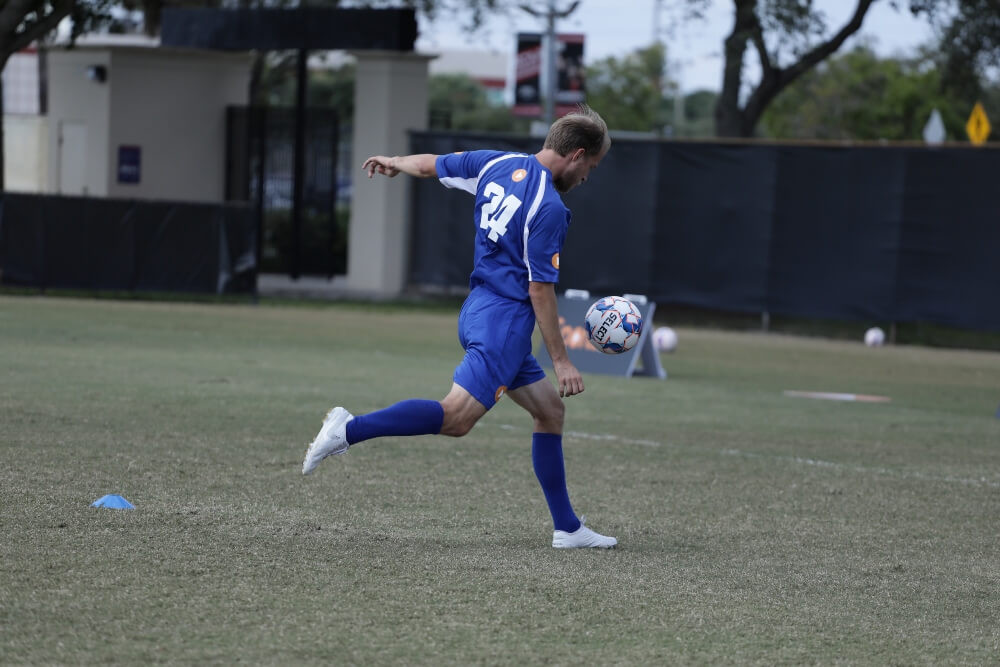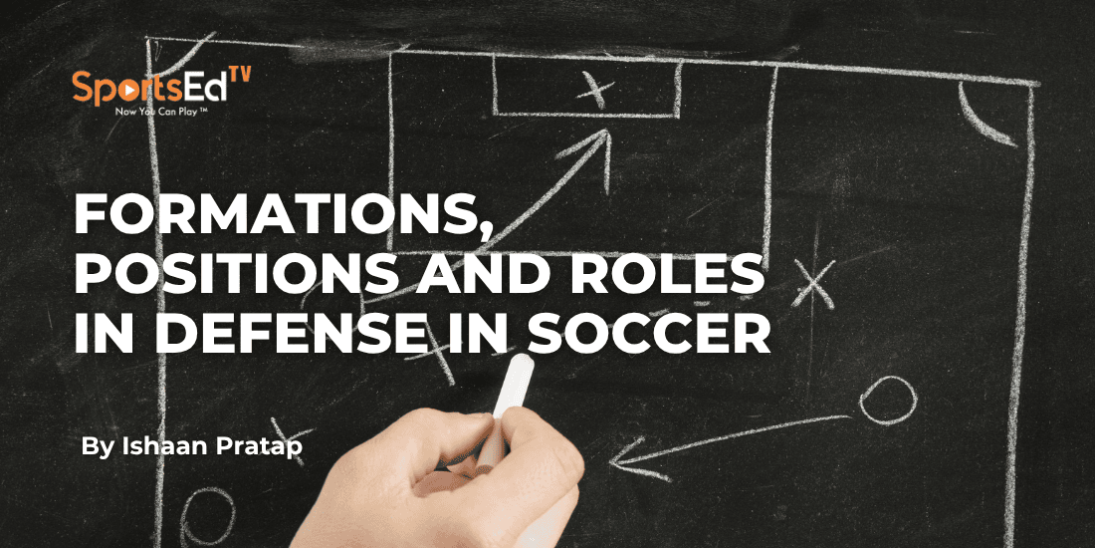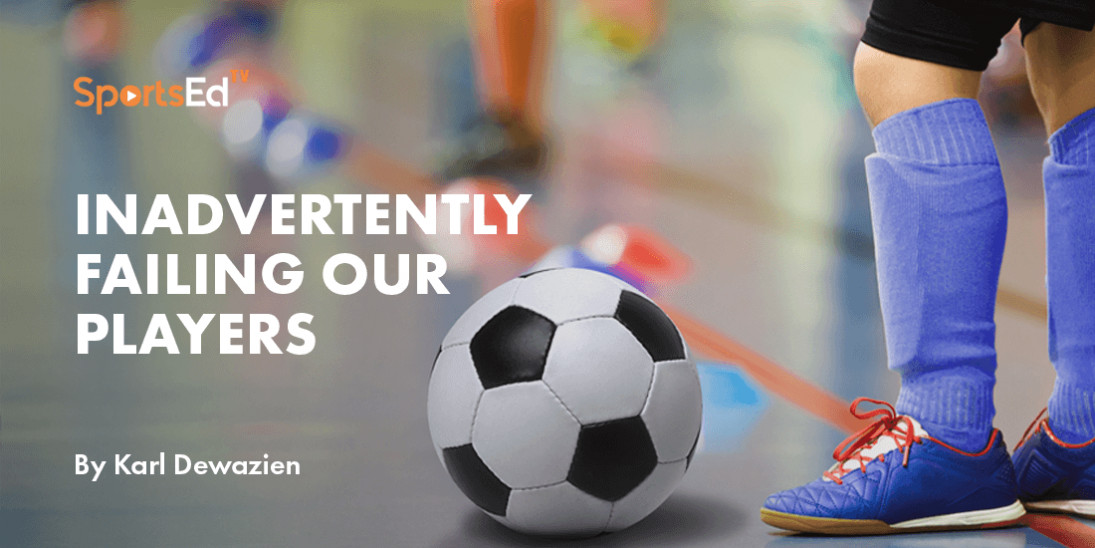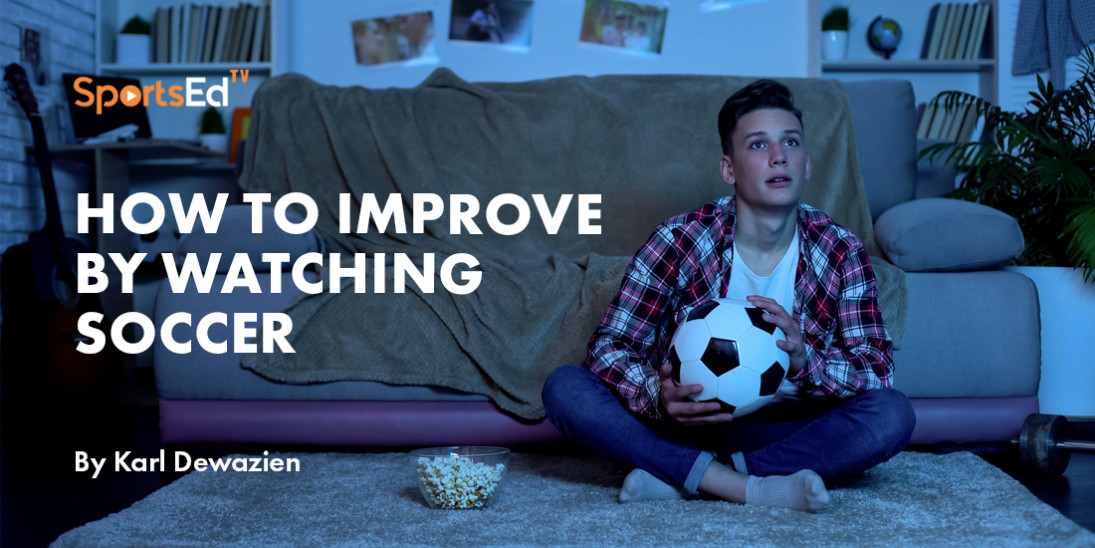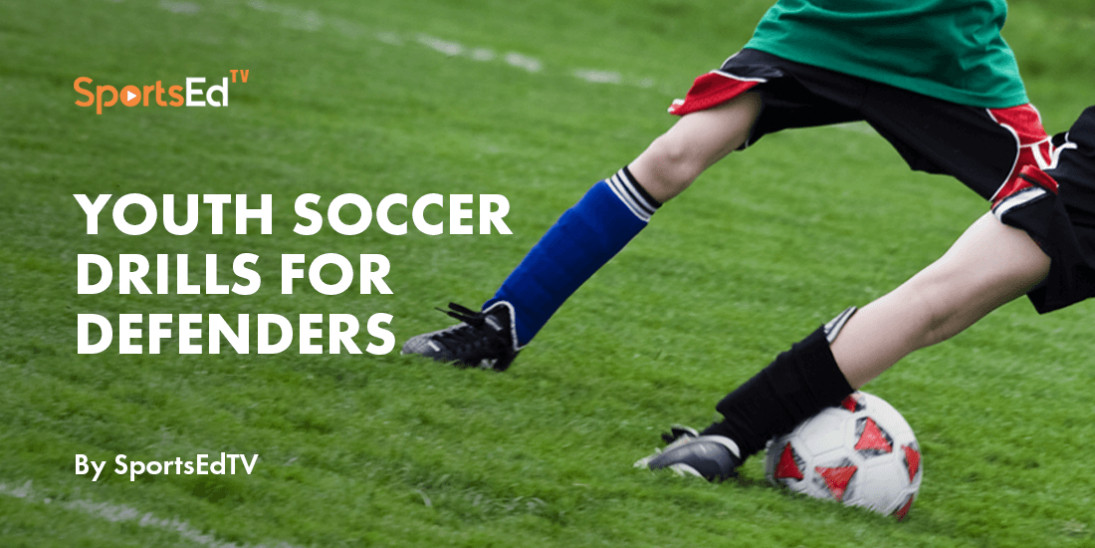Soccer
Welcome and thanks for visiting...

What Qualities Does a Good Midfielder Have?
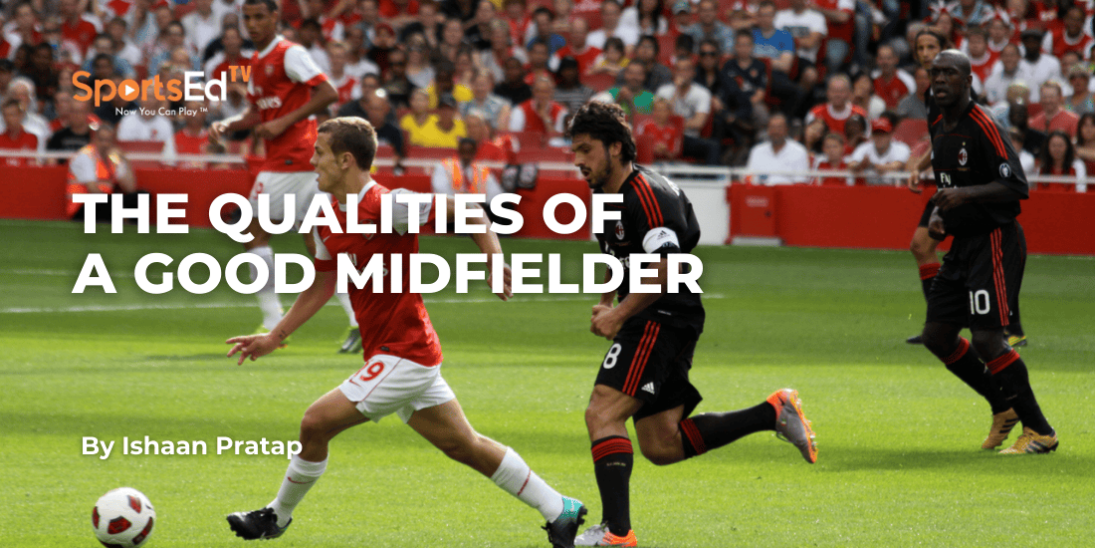
Midfielders are one of the most crucial roles on a team. A skilled midfielder has slick technique on the ball combined with the athleticism and vocal leadership that’s required to assert their presence and make an impact everywhere on the pitch.
In this article, we’ll analyze the qualities of an experienced midfielder and share training tips to help develop these skills.
How Midfielders Use Pressing and Positioning to Win Possession
Players put pressure on opposing players to close the space around them and limit their ability to pass the ball freely. Regaining possession allows teams to transition from defense to attack, which creates goal-scoring opportunities.
Aggressive pressing forces the opponent into making errors such as misplaced passes and losing possession. It’s important for teams to press as a unit and be aware of their teammates’ positions — a disorganized press will leave players out of position and give opponents a chance to score.
Midfielders are crucial to their team’s press because they function in the middle of the pitch, where most game actions occur. A good midfielder is constantly applying pressure and in a position to maintain the team’s shape as they press to win the ball back.
Focus on speed and agility drills. Acceleration, deceleration, and the ability to quickly change direction are all qualities that affect how efficiently a player presses. Players also need to learn how to be in sync with their teammates’ movements when pressing, or it can leave gaps in their formation that the opponent can take advantage of.
Why Running Power and Endurance Matter for Midfielders
Midfielders typically cover the most ground because they’re involved in both defensive and offensive actions during the game. The average distance covered by midfielders is around 7 miles per game.
Teams are vulnerable to counterattacks when they lose possession and players are out of position. Whether a team concedes or not depends on their ability to outrun their opponent, get back in position and regain possession before they can score.
Practice sprinting drills and train your legs to increase your running capacity and ability to cover more distance.
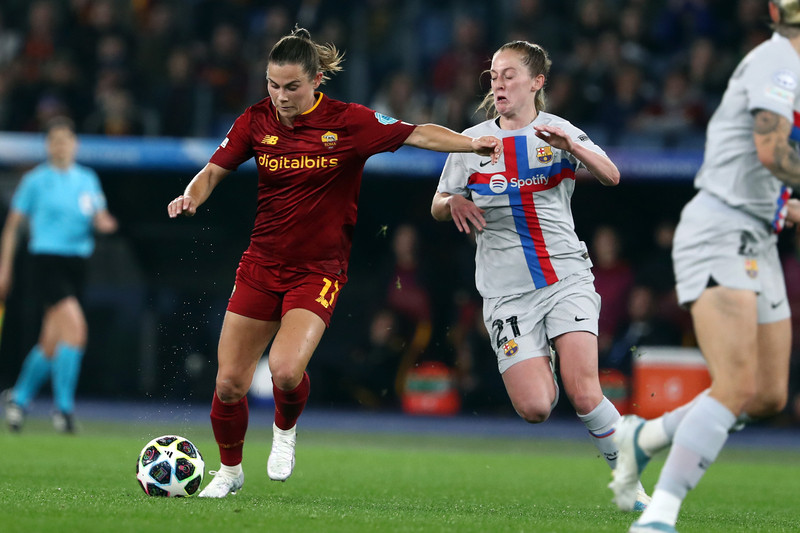
Mastering 1v1 Duels: A Key Skill for Midfielders
Players have very little time on the ball as their opponents apply pressure to win back possession. Winning duels is very important for midfielders in 1v1 situations as they receive the ball in the middle of the pitch, get past their opponent and facilitate the team’s offensive or defensive plays.
From an attacking perspective, beating your marker and quickly progressing the ball creates a numbers mismatch that the team can take advantage of to score. On the defensive end, winning a duel prevents the opponent’s attacking opportunities and brings possession back to the team.
Practice 1v1 drills against your teammates. Set up cones to make a small goal and position yourself at an equal distance from each other, do a countdown, and go for the ball as you try to score on each other. You can also do this drill as a 3v3. Work on your overall body strength so that you can win your duels — you won’t be able to make much of an impact in the game if your opponent is physically stronger than you.
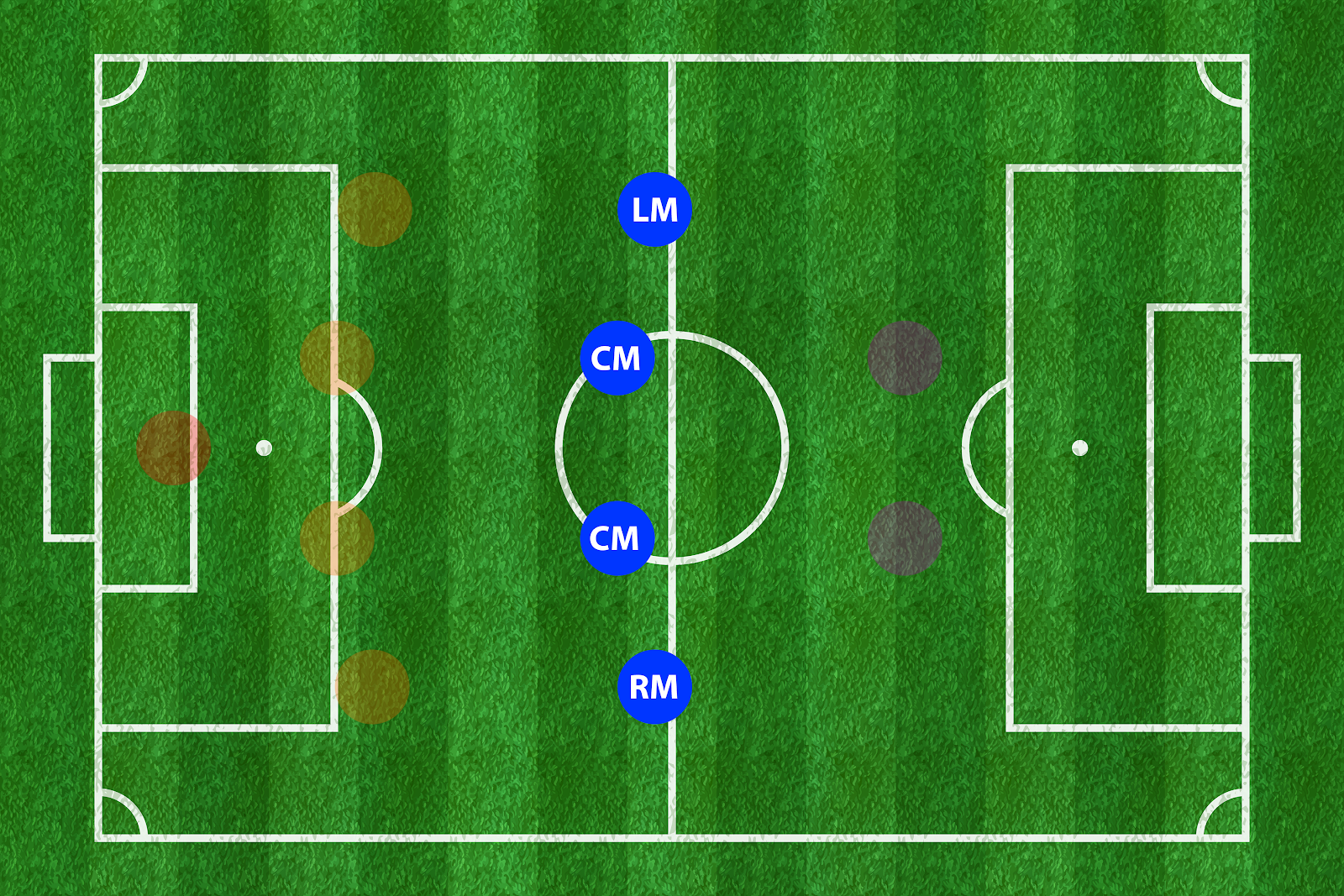
Controlling the Tempo: How Midfielders Dictate the Game
Good midfielders are comfortable on the ball and can identify when their team should maintain possession or be aggressive and attack the opposition's box. Typically, midfielders have the most possession compared to other players in the game.
Managing game states is one of the key factors that decides the outcome of a match. A team in the lead can close out the game by controlling possession and limiting the opponent’s chances to score. A team that’s losing has to disrupt the opponent’s possession and launch their own attacks to score before time runs out. Teams must match their opponent’s intensity and speed during various game states, or they may fall behind.
Midfielders must be aware of every player’s position on the pitch and predict how the opponent will respond to their actions. They will have to make many decisions throughout the game, such as seeing the opponent’s formation and choosing to make a risky forward pass that might turn over possession or a conservative pass to keep a hold of the ball, passing the ball quickly to draw opponents out of position, or using a slow buildup that leads to steady movement up the field.
Practice drills like 5-a-side games that take place in smaller spaces. The high intensity of the game makes you play faster and helps develop your first touch, passing, and movement as you’re forced to think quickly on your feet.
Midfield Technique: Mastering Ball Control in Tight Spaces
Ball control, dribbling, and passing are important qualities that determine how effectively midfielders can distribute the ball to their teammates and create goal-scoring chances.
A midfielder must be able to receive the ball and maintain possession under pressure. Their first touch of the ball should create the space for them to pass to a teammate or dribble past their opponent to transition into an attacking opportunity.
It’s common for players to double up against opponents to limit their space and force them into losing the ball. Good midfielders can identify the space left by opponents on a double-team, direct play towards their teammates, and take advantage of those gaps by progressing the ball towards the opponent’s goal.
Practice close-quarter rondo drills with a group of players who are keeping possession of the ball as a player or group attempts to take it off them. This drill is designed to improve skills such as ball control, passing, and first touch. Players can also individually focus on these skills through drills that incorporate cones and rebounder nets.
The Importance of Vocal Leadership for Midfielders
Midfielders are positioned in the middle of the pitch, which gives them a good view of everything happening during the game. This makes them best-suited to lead their teammates’ movements, similar to how a basketball point guard directs their team on the court.
Calling out when a teammate’s about to get pressured by an opponent, leading their own team’s press, guiding players to get into different positions on the field, and calling when to release the ball are some examples of how a midfielder takes charge of the field during a game.
Practice passing drills paired with a teammate or group where you’re calling out the person’s name before making a pass to them. This encourages verbal communication between players and gets them used to doing so, which will be important during their actual game. You can also practice using hand signals or cues to communicate where you want to receive the ball or what movements you want your teammates to make.
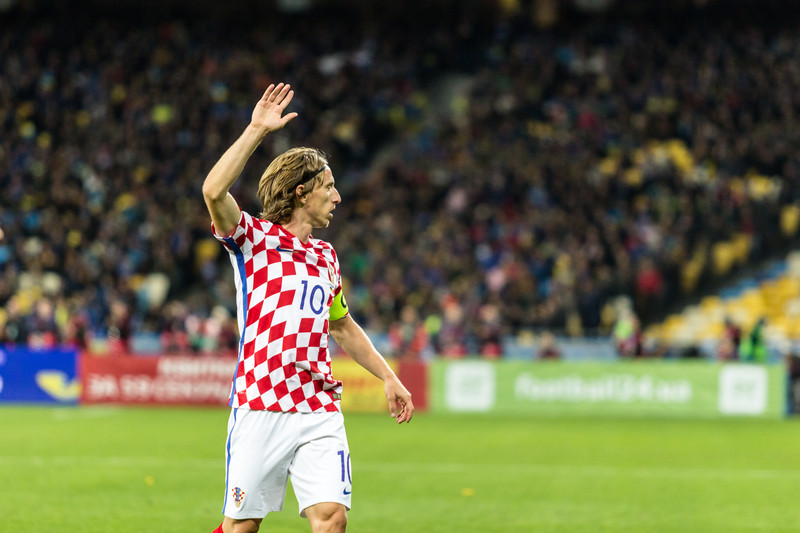
Final Thoughts: Developing Into a Complete Midfielder
Becoming a good midfielder takes more than just talent — it requires dedication, discipline, and a deep understanding of the game. You must constantly refine your technical skills, build your physical endurance, and sharpen your mental awareness. Great midfielders are consistent in their performances and adaptable in the face of different opponents, formations, and match situations.
Focusing on your positioning, speed of play, athleticism, decision-making, and ball control will elevate your ability to the next level. But to truly stand out, you must also embrace leadership, communicate clearly, and remain calm under pressure, knowing when to hold the ball, release, and drive your team forward.
Consistent, focused training and a hunger to improve every game aspect will help you develop into a complete, all-action midfielder — the engine that drives your team.




